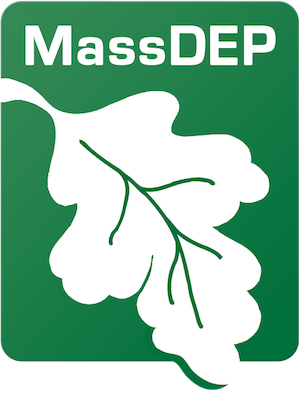- Massachusetts Department of Environmental Protection
Media Contact
Edmund Coletta, MassDEP – Director of Public Affairs
WELLFLEET — The Massachusetts Department of Environmental Protection (MassDEP) will host a public meeting on Wednesday, September 28, 2022, to collect comments on a draft document to reduce nitrogen in the coastal waters of the Wellfleet Harbor Estuarine System. The meeting, which will start at 2 p.m. and is at the Wellfleet Adult Community Center in the Town of Wellfleet, will be a hybrid meeting with the option to participate via Zoom. To participate via Zoom, viewers must register in advance of the meeting. Once registered, participants will receive a confirmation email containing information about joining the meeting.
The restoration plan for the estuarine system, developed by MassDEP and the University of Massachusetts/Dartmouth School for Marine Science and Technology, is proposed as part of a comprehensive, collaborative project intended to improve estuarine water quality in 70 embayments along the southeastern Massachusetts coastline. The Wellfleet Harbor Estuarine System is currently impaired because of excess nutrient concentrations, mainly nitrogen, which can result in:
• Loss of eelgrass beds, which are critical habitats for macro-invertebrates and fish;
• Undesirable increases in macro algae, periodic algae blooms;
• Periodic extreme decreases in dissolved oxygen concentrations that threaten aquatic life; and,
• Reductions in the diversity of benthic animal communities.
Steady population growth and increased land use development, particularly during the last several decades in southeastern Massachusetts, has created an overabundance of nitrogen in Cape Cod harbors, bays, and estuaries. The primary controllable nitrogen sources are septic system wastewater, stormwater runoff, lawn fertilizer leachate, and agricultural land use discharges. Atmospheric deposition also contributes varying quantities of nitrogen to aquatic systems.
At the public meeting, MassDEP staff from the Watershed Planning Program will present a draft Total Maximum Daily Load (TMDL) for limiting nitrogen to the amounts that the waterbodies can absorb without violating established criteria in the Massachusetts Surface Water Quality Standards and impairing uses such as fishing and recreational activities. The plan calls for reducing watershed sources of nitrogen by 31 percent. Most of the reductions will be from better wastewater treatment, but nitrogen from stormwater and fertilizer use should also be controlled wherever possible.
The major components of this effort included at least three years of chemical, physical, and biological studies within the Wellfleet Harbor Estuarine System. A dynamic water quality model was also used to determine the present sources of nitrogen and loading rates, the nitrogen concentrations that will result in the restoration and protection of the embayment, and the target nitrogen loading rates that will achieve those protective concentrations. The watershed modeling and TMDL analysis will serve as a planning tool for communities to implement new comprehensive wastewater management strategies to improve estuarine water quality. Additionally, the Massachusetts Estuaries Project Final Technical Report for Wellfleet Harbor Estuarine System on which the TMDLs were based, is available on MassDEP’s website.
MassDEP will collect public comment until Friday, October 28, 2022, at 5 p.m. Written comments can be submitted to Holly Brown, Massachusetts Department of Environmental Protection, Watershed Planning Program, 8 New Bond Street, Worcester, MA 01606. Electronic format comments should be sent via email to holly.brown@mass.gov. Furthermore, copies of MassDEP Draft TMDL Reports for Total Nitrogen and a further explanation of the TMDL Program is available on MassDEP’s website Total Maximum Daily Loads by Watershed webpage.
MassDEP’s mission is to protect and enhance the Commonwealth’s natural resources – air, water and land – to provide for the health, safety and welfare of all people, and a clean and safe environment for future generations. In carrying out this mission, MassDEP commits to address and advance environmental justice and equity for all people of the Commonwealth, provide meaningful, inclusive opportunities for people to participate in agency decisions that affect their lives and ensure a diverse workforce that reflects the communities served by the agency.
###
